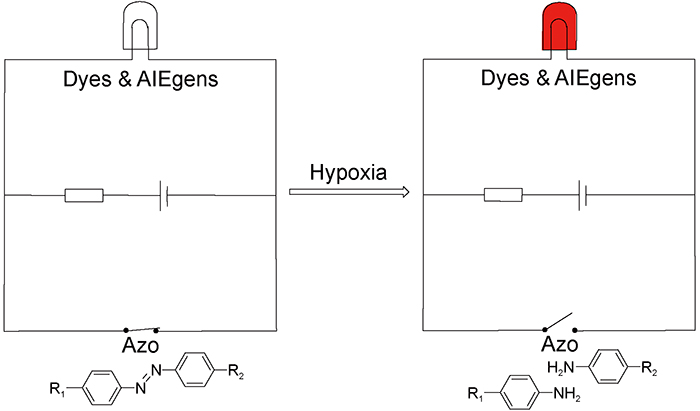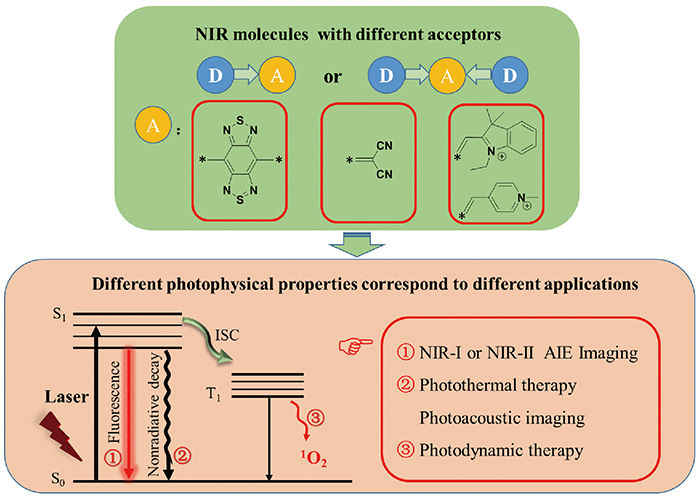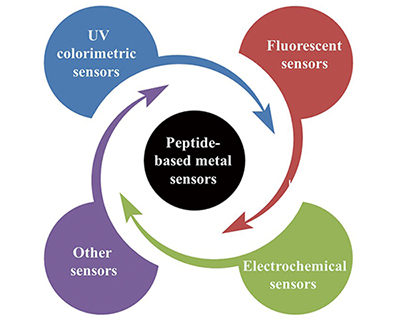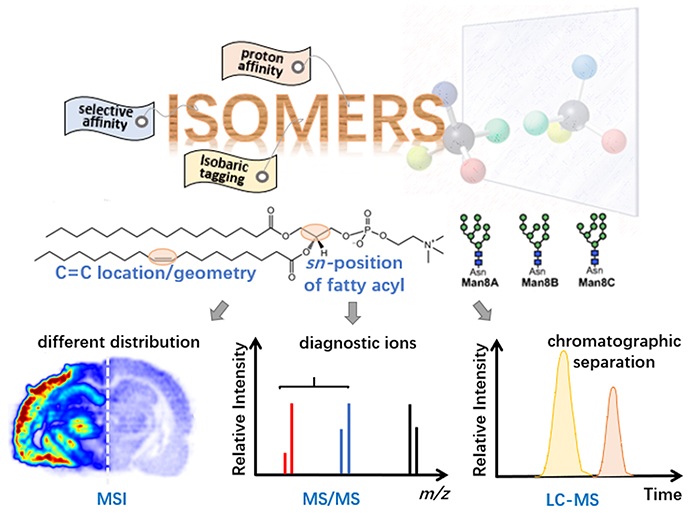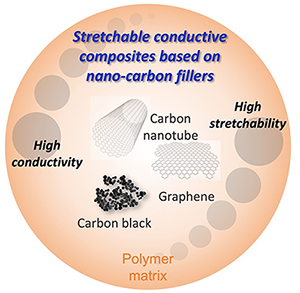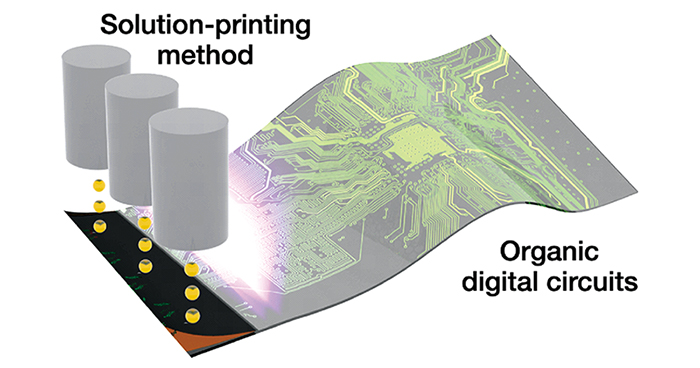Yunxue Wu, Hengyi Zhang, Yu Liu. Application of Azobenzene Derivative Probes in Hypoxia Cell Imaging[J]. Progress in Chemistry, 2021, 33(3): 331-340.
Tumor tissues have lower oxygen concentration compared to normal tissues, due to the inadequate oxygen supply caused by uncontrolled cell growth and proliferation, in addition to an abnormal vasculature. As a common feature of solid tumors, hypoxia can be an indicator of malignant tissues or cancer progression. Accurate hypoxia detection and imaging are essential for the diagnosis and clinical treatment of cancer patients. Fluorescence imaging has been used in cancer detection because of its high sensitivity, non-invasive and real-time characteristics. During recent years, azo groups have been widely used to construct fluorescent probes for hypoxia cell imaging, owing to the fluorescence quenching effect on fluorophores and their reductive cleavage resulting in fluorescence recovery. This review summarizes various azobenzene derivative probes according to different construction strategies, and explores their mechanism and application in imaging. The limitations and future development of these probes are also discussed.
1 Introduction
2 Azobenzene derivative probes based on covalent strategies
2.1 Azobenzene derivative probes linked to dyes
2.2 Azobenzene derivative probes linked to AIEgens
3 Azobenzene derivative probes based on noncovalent strategies
4 Conclusion and outlook









